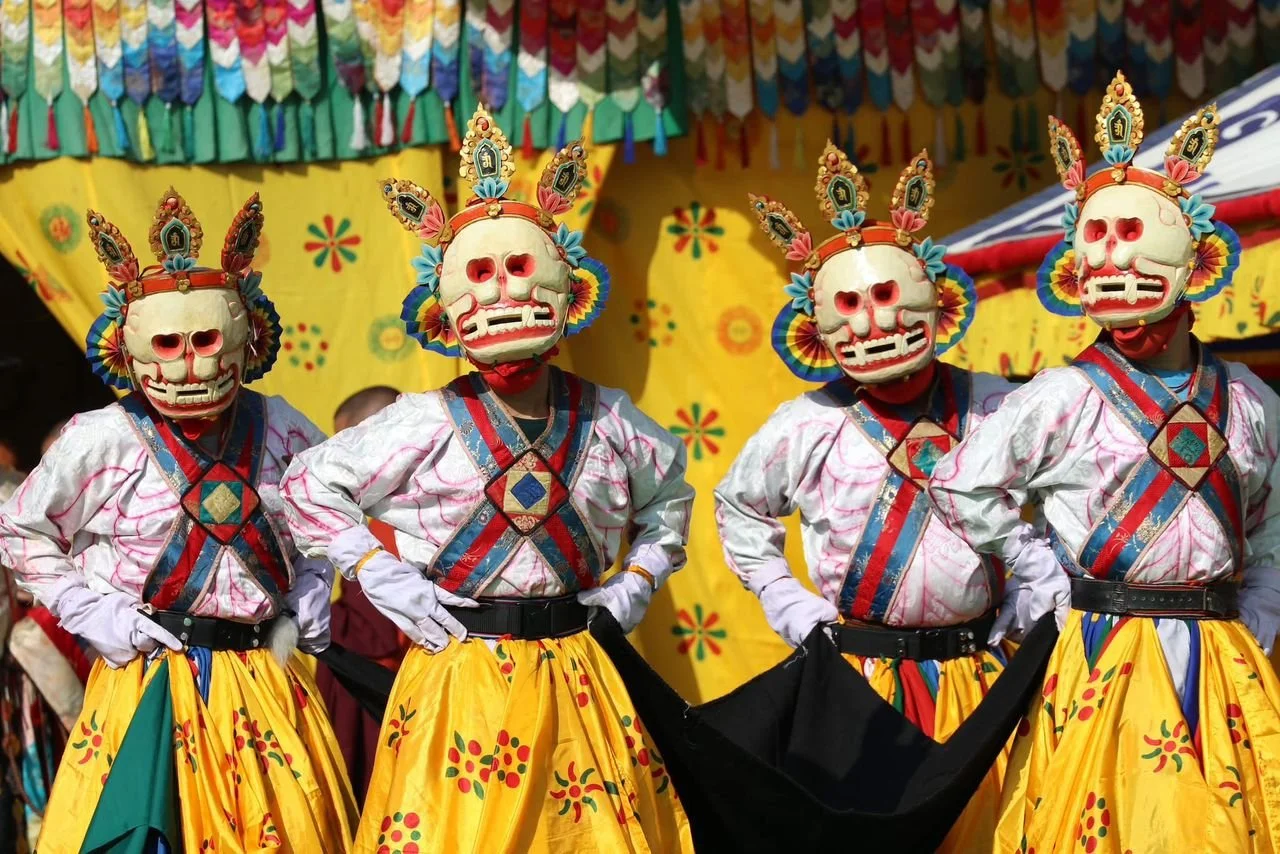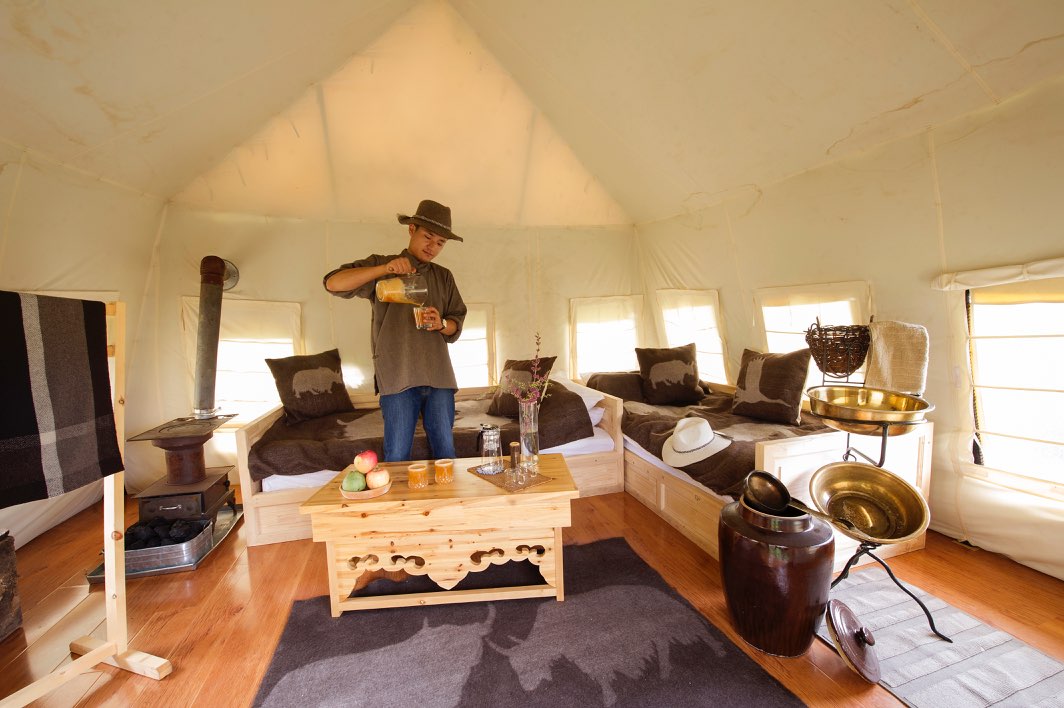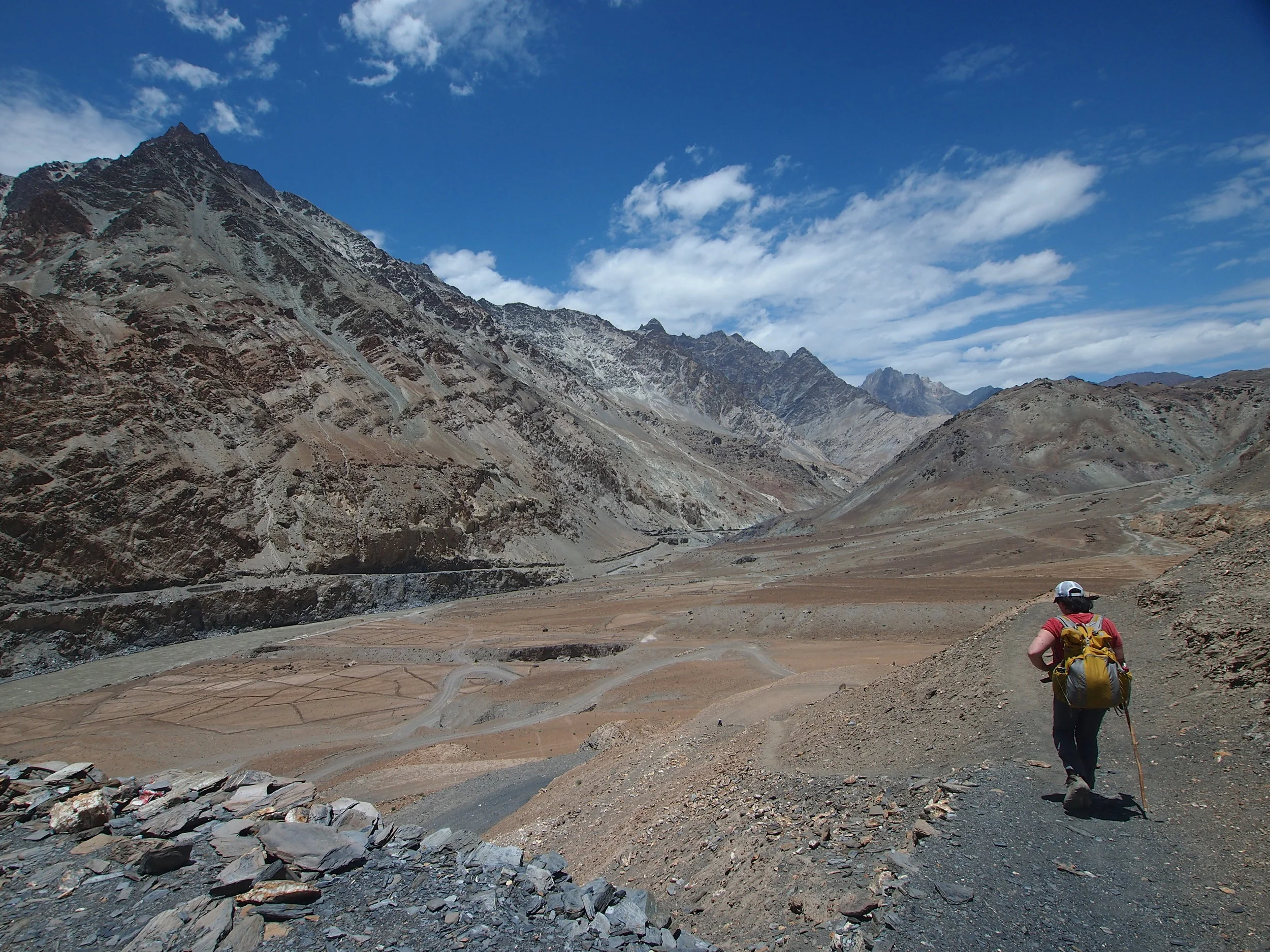When Founding Director, Fionna Heiton set off on her epic journey into Tibet and on to Nepal in 1998, she had no idea that she was about to meet her future partner and start an organisation that would transform early years education across Nepal.
“I had always dreamt of going to Tibet and after thoroughly researching my options of getting in without being on a tour, I landed in the Chinese city of Chengdu where there was a hotel known for creating tours for foreigners like myself.” A few days later, Fionna found herself in Tibet’s capital Lhasa on the roof of the world. “I couldn’t believe how easy the process for obtaining a visa and plane ticket was after all.”
Completely mesmerized by the ancient Barkhor market, Jokhang Temple and Tibetan culture, Fionna explored the city: monasteries, the Summer Palace of the Dalai Lama and of course the stunning Potala Palace itself. She spent hours sitting on the roof of the Jokhang Temple watching the monks below and the city beyond.
A few days later, she joined other travellers and set off again to the magical Namtso Lake. Set at the staggering altitude of 4,718 metres, temperatures plummeted at night, as did oxygen levels. “The trip to Namtso was quite an adventure! At one point, the jeep broke down in the late afternoon out on the marsh by the lake. It was freezing” Fionna recalls despite about eight layers of clothing.
Another side trip took her to the Yarlung Valley, the cradle of Tibetan civilization. Samye Monastery was accessed by boat across the Brahmaputra river. There was just one very basic guest house at the time. set in a medieval looking back street. This was adventure travel at its best!
Returning to Lhasa, the final leg of the journey was a drive across the high altitude Tibetan plateau via the ancient towns of Gyantse and Shigatse. The air was thin, the food spicy and the toilets open plan (which proved very interesting). The scenery was constantly changing: huge lakes, glaciers and ancient villages dotted across the landscape. Before leaving Tibet, the road descended steeply around seemingly endless hair-pin bends. When the Nepal border finally came in sight, Fionna had no idea that she would end up working in the rural hilly area that she drove through that day.
Arriving in Nepal’s capital Kathmandu, and dreaming of her first hot shower in a while, Fionna checked into a hotel in the tourist area. She was out of luck with the hot water and moved the next day to a hotel that had been recommended to her, tired, hungry and in need of a shower. She was also down to her last $50. Determined to stay in Nepal, she planned to go job hunting immediately.
The restaurant manager, a young Nepali man named Durga noticed that she couldn’t even afford a coffee and placed a hot steaming cup in front of her: on the house! The rest is history and Fionna and Durga have now been together for the last 22 years.
In 2001, when expecting their twin babies, Fionna and Durga decided to start an organisation to give Nepali children access to better educational opportunities. Inspired by Durga’s childhood, and now their own children’s future, they became passionate advocates for improving education in rural communities and helping others see the immense difference it can make. First Steps Himalaya was born. Find out more here.
Together they have travelled extensively with their children in the Himalayan region including the Everest Base Camp Trek when the twins were just 7 years old. They’ve explored Ladakh and driven from Chengdu in China to Shangrila in Tibet. ‘Our children have grown up with an incredible sense of adventure and love connecting with their relatives in Nepal.’ They are both passionate about helping others less privileged and are determined to make a real difference in the world.






































